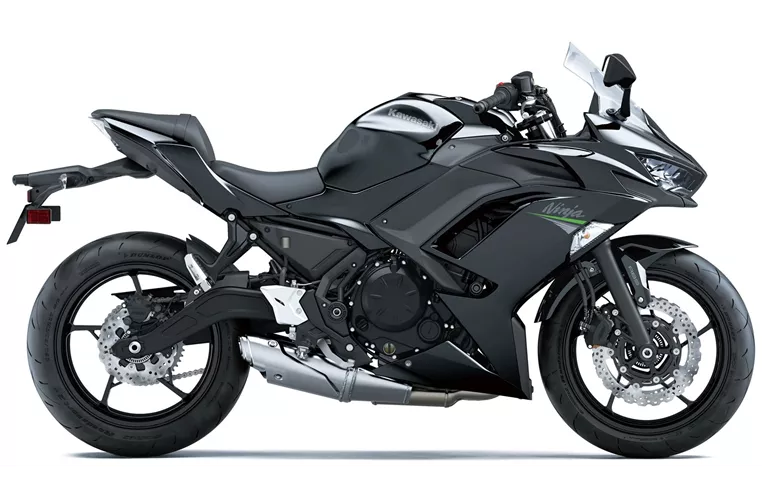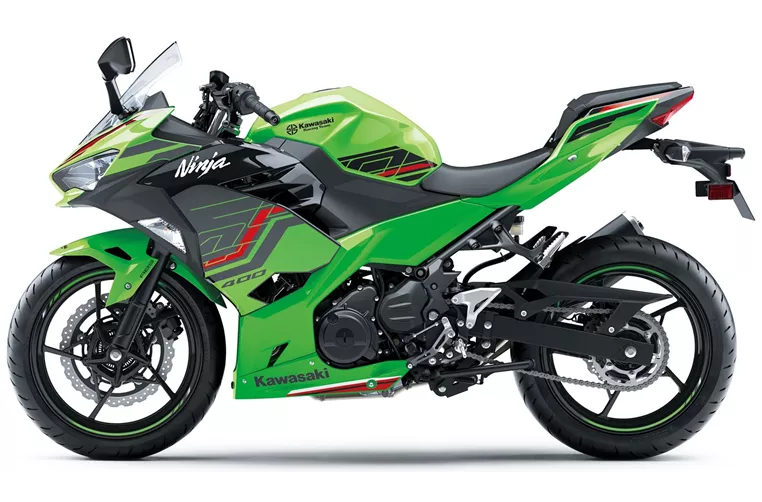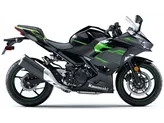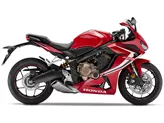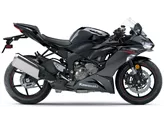Kawasaki Ninja 650 2020 vs. Kawasaki Ninja 400 2023
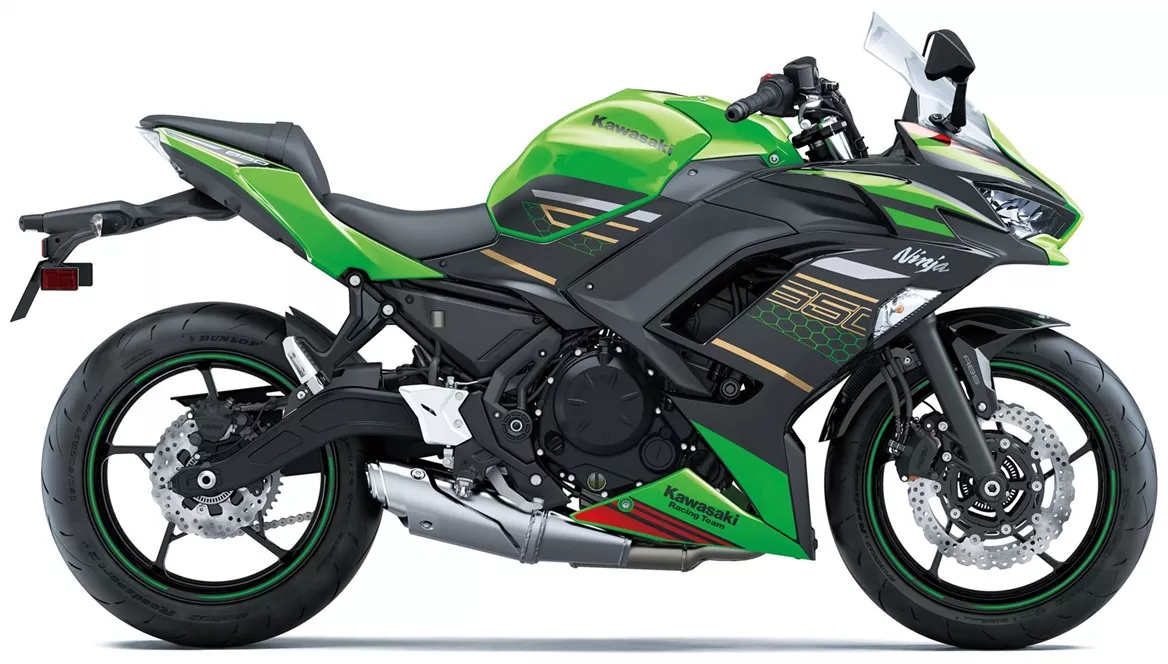
Kawasaki Ninja 650 2020
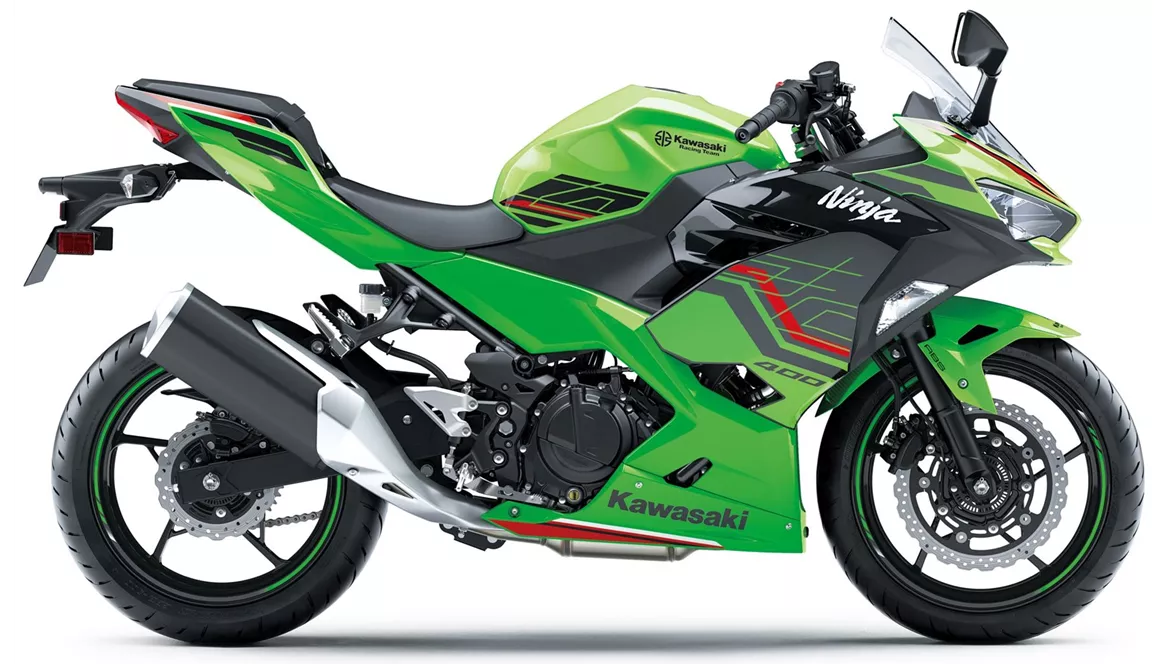
Kawasaki Ninja 400 2023
Pregled - Kawasaki Ninja 650 2020 vs Kawasaki Ninja 400 2023
The Kawasaki Ninja 650 model year 2020 and the Kawasaki Ninja 400 model year 2023 are both supersport motorcycles that belong to the Ninja series by Kawasaki. While they share some similarities in terms of design and features, there are also notable differences between the two models.
Starting with the technical specifications, the Kawasaki Ninja 650 2020 is equipped with an inline two-cylinder engine with a displacement of 649cc. It produces a power output of 68.2 HP and a torque of 65.7 Nm. The engine has a bore of 83mm and a stroke of 60mm, with a compression ratio of 10.8. On the other hand, the Kawasaki Ninja 400 2023 features an inline two-cylinder engine with a displacement of 399cc. It generates a power output of 45 HP and a torque of 37 Nm. The engine has a bore of 70mm and a stroke of 51.8mm, with a higher compression ratio of 11.5.
In terms of suspension, both models have a telescopic fork front suspension with a diameter of 41mm and a swing arm rear suspension with a monoshock absorber. The rear suspension also allows for preload adjustment, providing some flexibility in tuning the ride comfort.
The chassis of both motorcycles is made of steel and has a tubular frame design. However, there are slight differences in the rake and trail measurements. The Kawasaki Ninja 650 2020 has a rake of 65.5 degrees and a trail of 100mm, while the Kawasaki Ninja 400 2023 has a slightly smaller rake of 63 degrees and a trail of 92mm. These differences may result in variations in handling and stability between the two models.
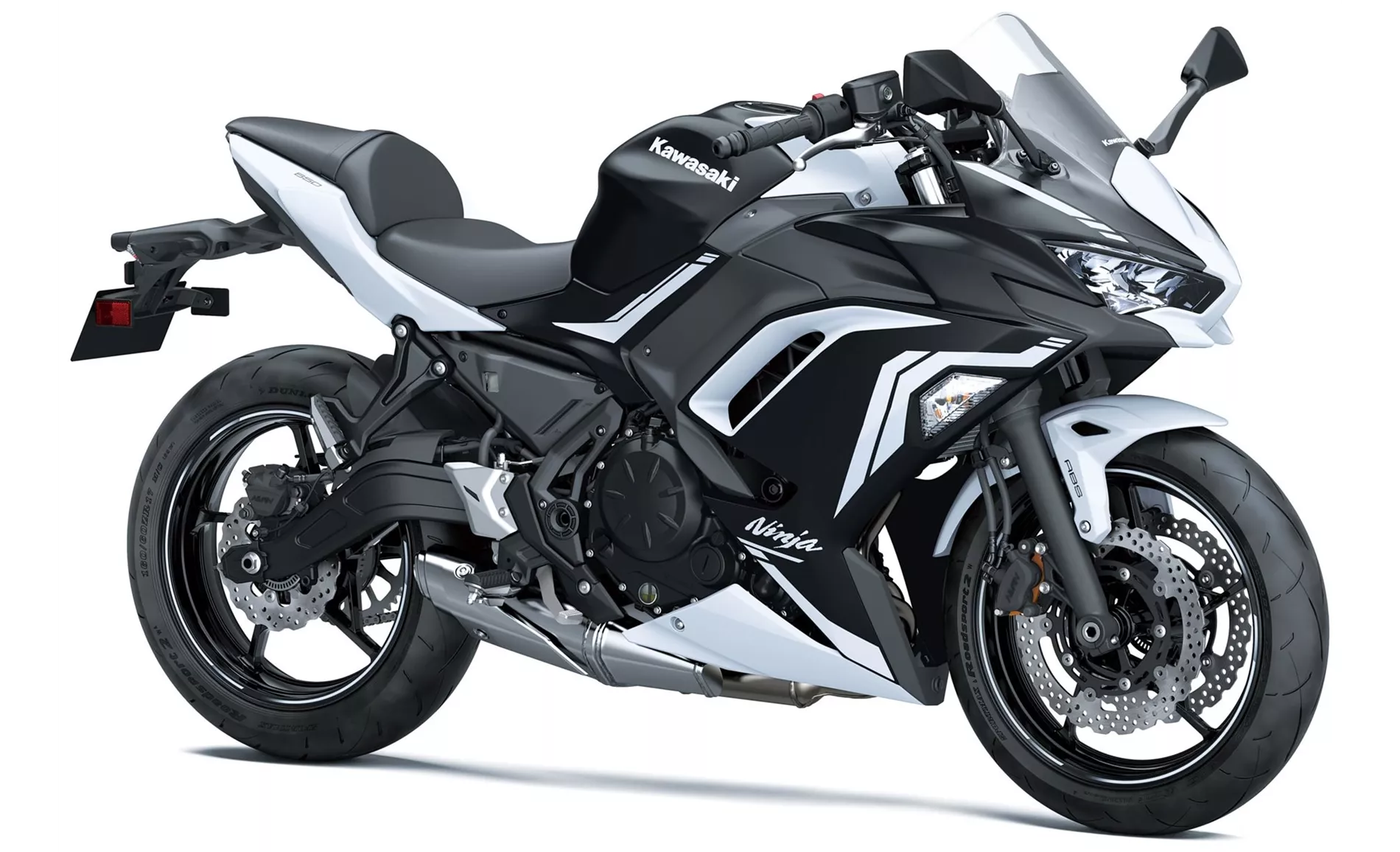
Kawasaki Ninja 650 2020
In terms of braking, the Kawasaki Ninja 650 2020 is equipped with double disc brakes on the front with a diameter of 300mm, while the Kawasaki Ninja 400 2023 features a single disc brake on the front with a larger diameter of 310mm. Both models utilize petal technology for improved heat dissipation and braking performance. Additionally, both models come with ABS as part of their advanced rider assistance systems, enhancing safety during braking maneuvers.
When it comes to dimensions and weights, the Kawasaki Ninja 650 2020 has a front tire width of 120mm and a rear tire width of 160mm, both with a diameter of 17 inches. It has a wheelbase of 1410mm and a seat height of 790mm. The kerb weight of the motorcycle, including ABS, is 193kg, and it has a fuel tank capacity of 15 liters. On the other hand, the Kawasaki Ninja 400 2023 has a slightly narrower front tire width of 110mm and a rear tire width of 150mm, also with a diameter of 17 inches. It has a slightly shorter wheelbase of 1370mm and a slightly lower seat height of 785mm. The kerb weight of the motorcycle, including ABS, is 168kg, and it has a slightly smaller fuel tank capacity of 14 liters.
In terms of strengths, the Kawasaki Ninja 650 2020 is considered one of the last of its kind, offering a powerful two-cylinder engine and a comfortable seat suitable for touring. It also has compact dimensions and a beginner-friendly seat height, making it accessible for riders of different experience levels. The motorcycle features a stable chassis and a TFT display with connectivity, providing modern features and convenience. Additionally, it has a sporty look that appeals to enthusiasts.
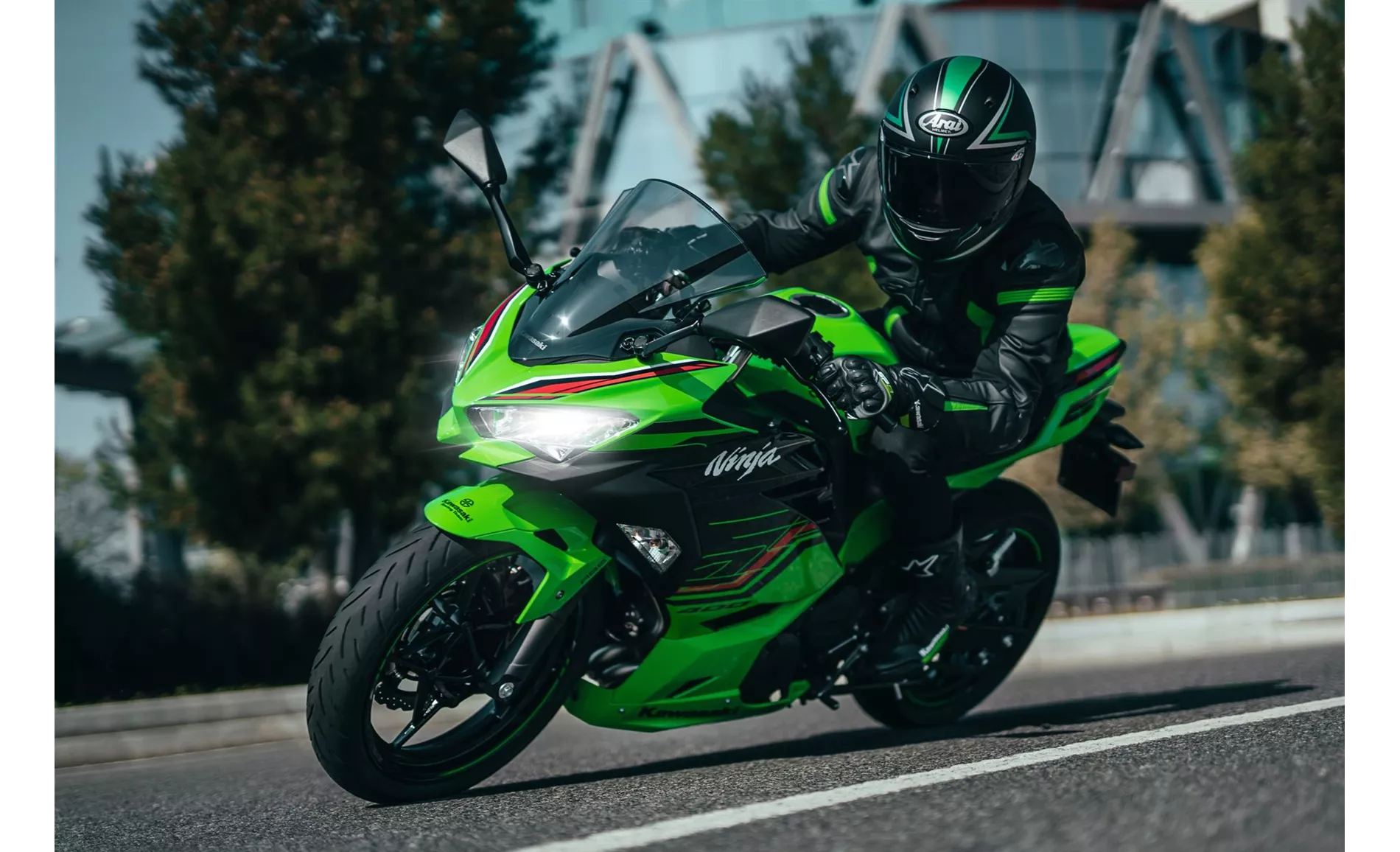
Kawasaki Ninja 400 2023
On the other hand, the Kawasaki Ninja 400 2023 offers a good combination of stability and playful handling, making it suitable for riders who enjoy both spirited riding and everyday commuting. It has a robust and reliable appearance, instilling confidence in riders. The engine of the Ninja 400 is well controllable and offers a wide usable rev range, allowing for versatile performance. The seating position is also considered pleasant, ensuring rider comfort during long rides.
However, both models have their weaknesses as well. The Kawasaki Ninja 650 2020 may be overall too dainty for tall riders, limiting their comfort and ergonomics. Additionally, some riders have reported issues with the front brake pressure point, which may require adjustments or modifications. It is also worth noting that the Ninja 650 may have limited suitability for touring with two people, as it may lack the necessary power and comfort for extended rides with a passenger.
On the other hand, the Kawasaki Ninja 400 2023 has limited space for large pilots, which may result in discomfort or restricted movement for taller riders.
In conclusion, the Kawasaki Ninja 650 2020 and the Kawasaki Ninja 400 2023 are both capable supersport motorcycles with their own strengths and weaknesses. The Ninja 650 offers more power and touring capabilities, while the Ninja 400 provides a balance between stability and agility. Riders should consider their preferences, riding style, and body dimensions when choosing between the two models.
Tehničke specifikacije Kawasaki Ninja 650 2020 u odnosu na Kawasaki Ninja 400 2023
Prednosti i nedostaci u odnosu na
Prednosti i nedostaci u odnosu na
Kawasaki Ninja 650 2020
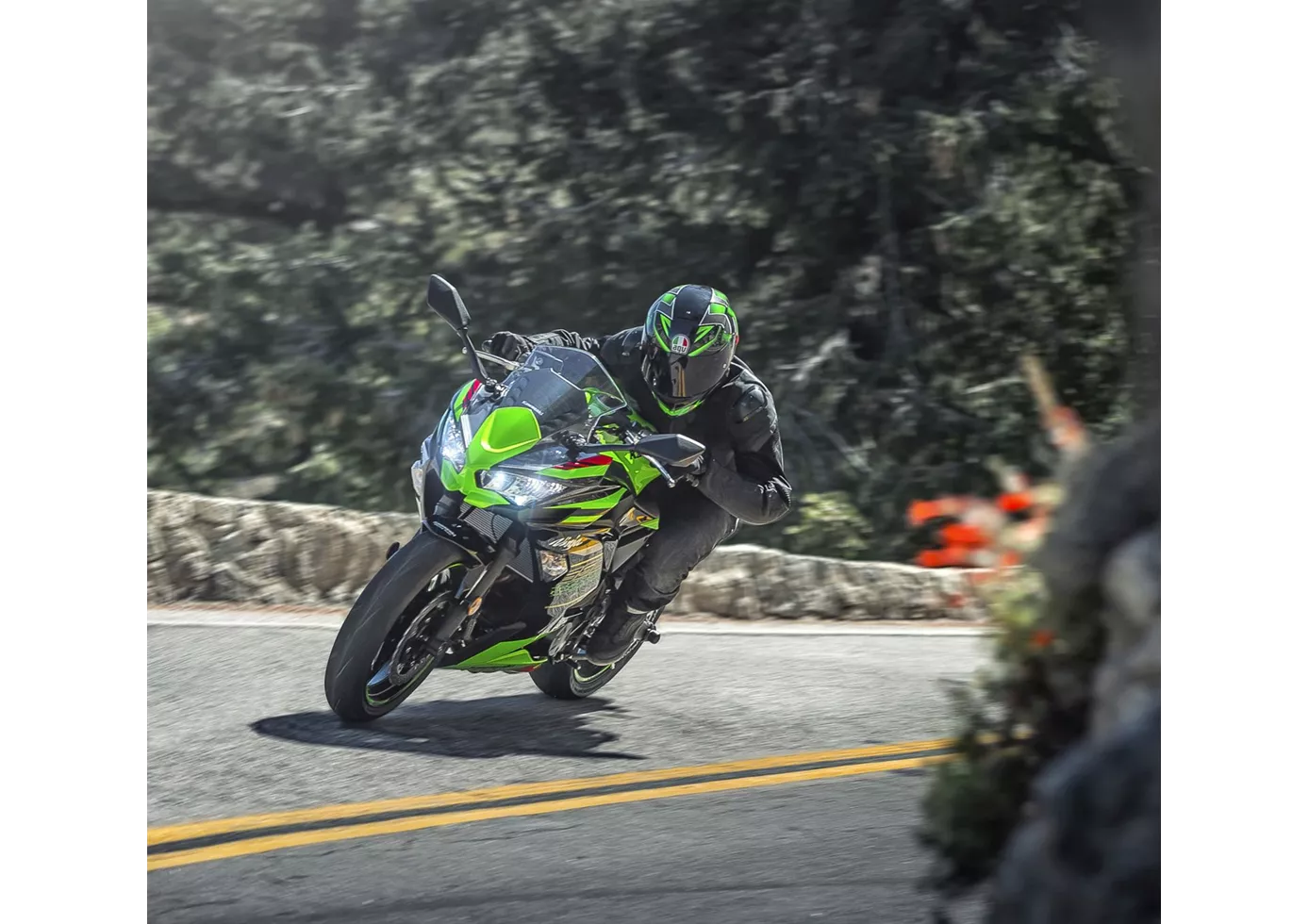
Save the sport tourer! With the Ninja 650, Kawasaki has created an exemplary representative of this class and (hopefully) solved the problem of the new generation. The stable chassis and the decent two-cylinder will delight beginners and advanced riders alike, even at a brisker pace. The front brake is a little too well intentioned, lacking a transparent pressure point despite basically good braking performance. Another plus is the TFT display, which we don't find in the competition at the moment, as well as the grown-up look, which is strongly oriented towards the larger Ninja models.
Kawasaki Ninja 400 2023
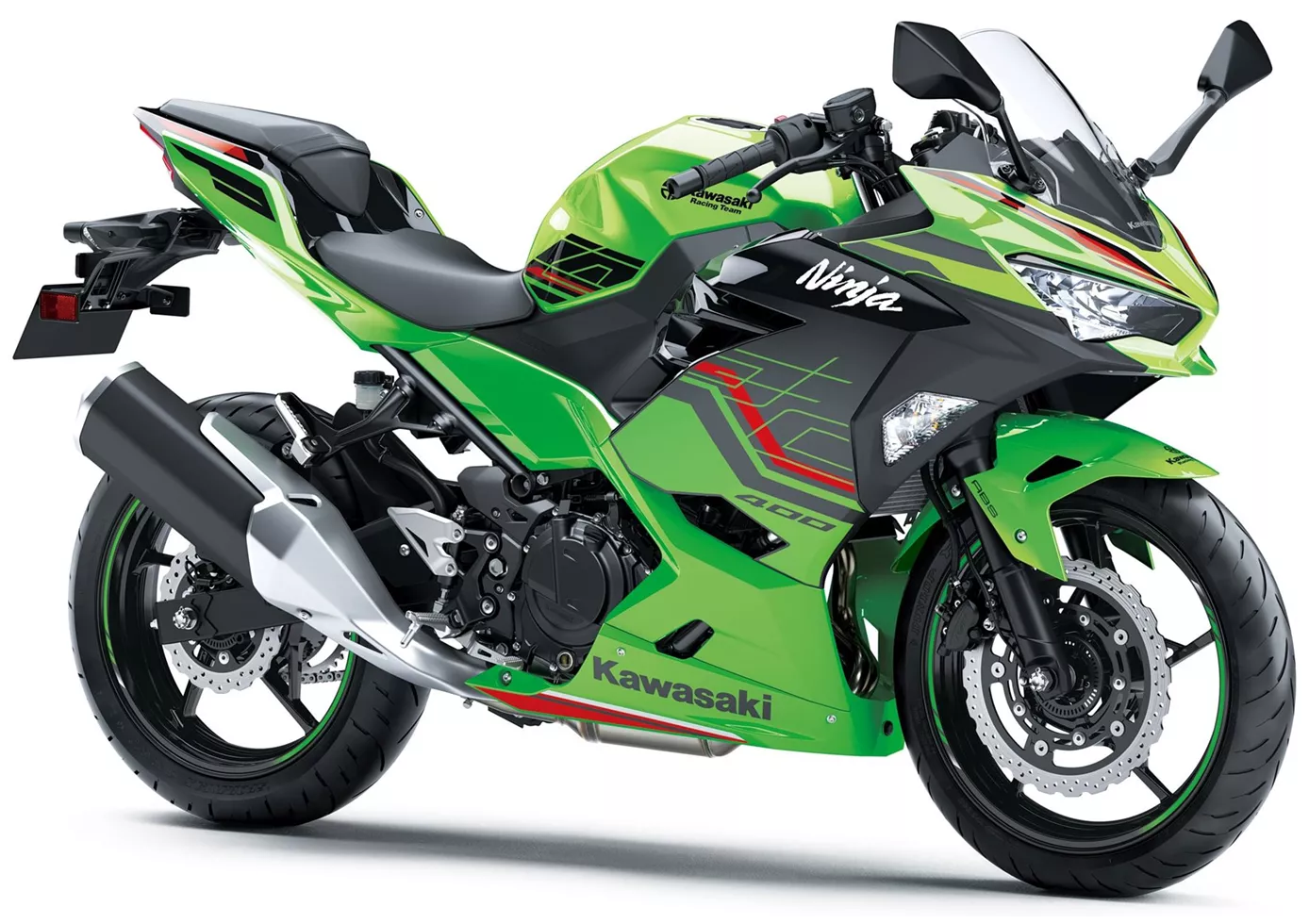
The Ninja 400 offers a lot of riding fun at a manageable price. It offers playful handling without being nervous. The name "Ninja" is a bit of a mouthful, but the range of use is wider than you might think. It rides sportily, but also offers a good riding position for everyday use and touring.
Usporedba cijena Prosječna tržišna cijena Kawasaki Ninja 650 vs Kawasaki Ninja 400
There are a few key differences between a Kawasaki Ninja 650 2020 and a Kawasaki Ninja 400 2023. In terms of price, the actual average price of a Kawasaki Ninja 650 2020 is about 13% higher. Compared to Kawasaki Ninja 400 2023 there are less Kawasaki Ninja 650 2020 bikes available on the 1000PS.de Marketplace, specifically 10 compared to 73. It takes less time to sell a Kawasaki Ninja 650 with 75 days compared to 165 days for a Kawasaki Ninja 400. Since model year 2017 1000PS.de editors have written 20 reviews for the Kawasaki Ninja 650 and 9 reviews for the Kawasaki Ninja 400 since model year 2018. The first review for the Kawasaki Ninja 650 was published on 10/4/2016 and now has more than 79,600 views. This compares to more than 44,300 views for the first review on Kawasaki Ninja 400 published on 11/22/2017.
